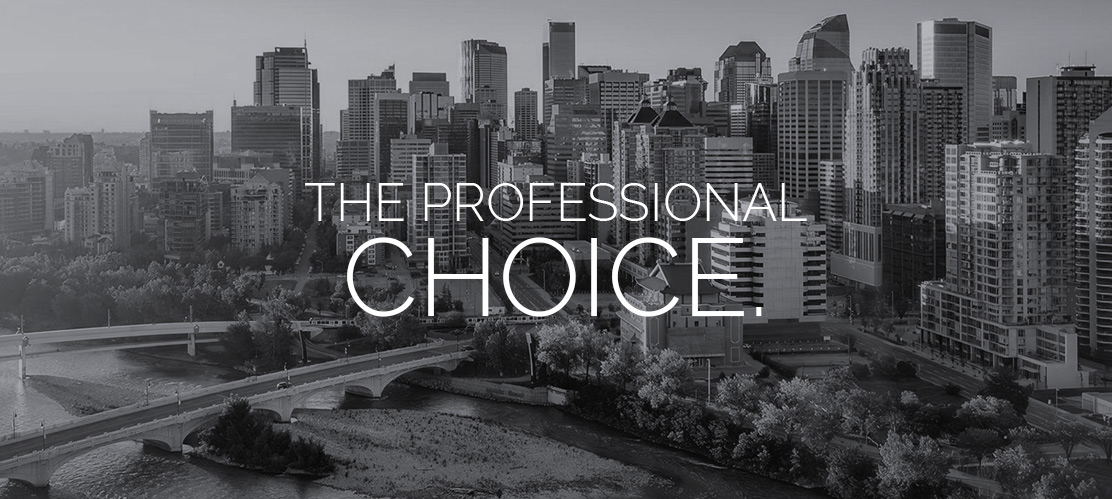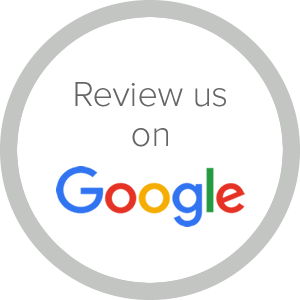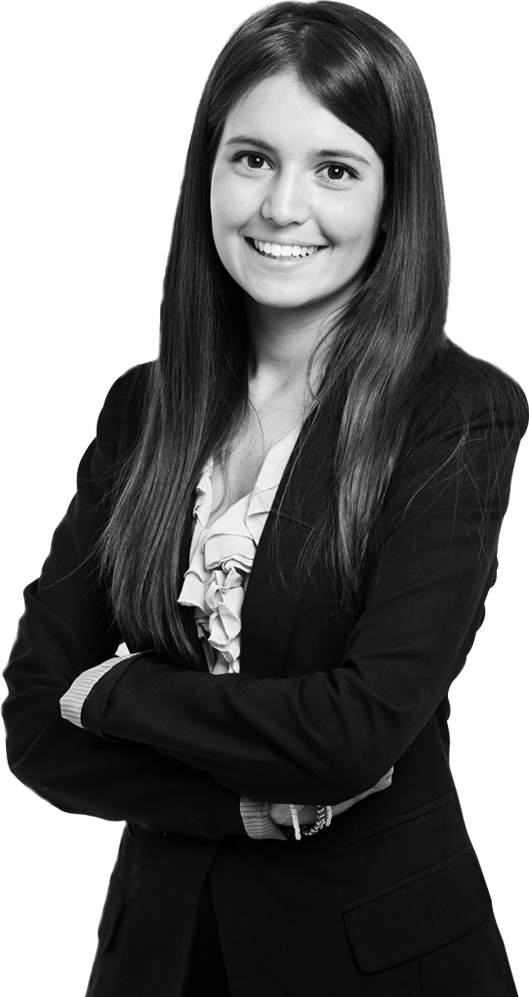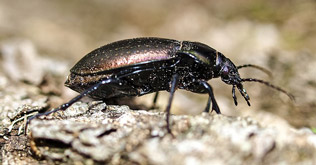
Ground Beetles: are typically found on the ground, usually underneath objects such stones, wood, and other objects in contact with soil. Interestingly, most ground beetle species are nocturnal or active at night. Ground beetles typically enter structures by crawling under doors or entering through open windows. They are considered a nuisance pest.
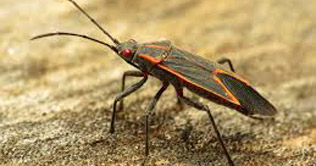
Boxelder Bugs: Overwintering adults emerge from hibernation, flying back to their host trees in April going through to early May. Like the name suggests the host tree is the boxelder tree. Boxelder Bugs are also found on maple trees. Like a number of different insects boxelder bugs are found on the south side of trees, bushes, rocks, general lanscaping and other objects. From there, they will move to nearby structures to hibernate for the winter.
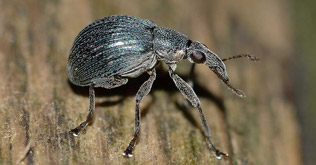
Weevils: Black and strawberry-root weevils overwinter in soil, amongst host plants’ roots. Adults emerge from early May to late July. The adults are typically nocturnal. Root weevils enter structures in the fall to overwinter. When outdoor conditions become adverse, they will enter the indoors. This is usually when their food plants die at the end of their season or because of adverse weather conditions.
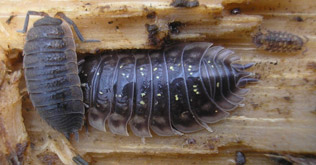
Sow Bugs: These land-dwelling crustaceans are arthropods, but not insects. They are found worldwide. Sow bugs are found in areas of high moisture because they have high water loss. Their habits are nocturnal in order to reduce water loss. Sow bugs are inactive during the day and remain hidden under objects such stones and wood. They occasionally enter buildings via door thresholds, particularly at ground level. Sow bugs are scavengers and feed on decaying organic matter, usually plant material.
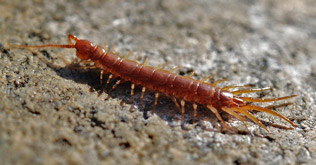
Centipedes: These are sometimes called ‘hundred-leggers’ because of their many pairs of legs. Centipedes are found in areas of high moisture such as loose bark, rotting logs and under stones. Centipedes occasionally invade structures, feeding off flies, spiders, and other dead insects. They are usually found in dark, damp areas of a structure.

Earwigs: The common name of “earwig” comes from an old European superstition where it was thought that these insects enter the ears of sleeping people and bore into the brain. A great story, but is without foundation. Adults are about 1/4-1″ (5-25 mm) long, with the their body elongate in shape. Earwig colour varies from pale brown with dark markings to uniformly reddish brown to black, but with paler legs.






